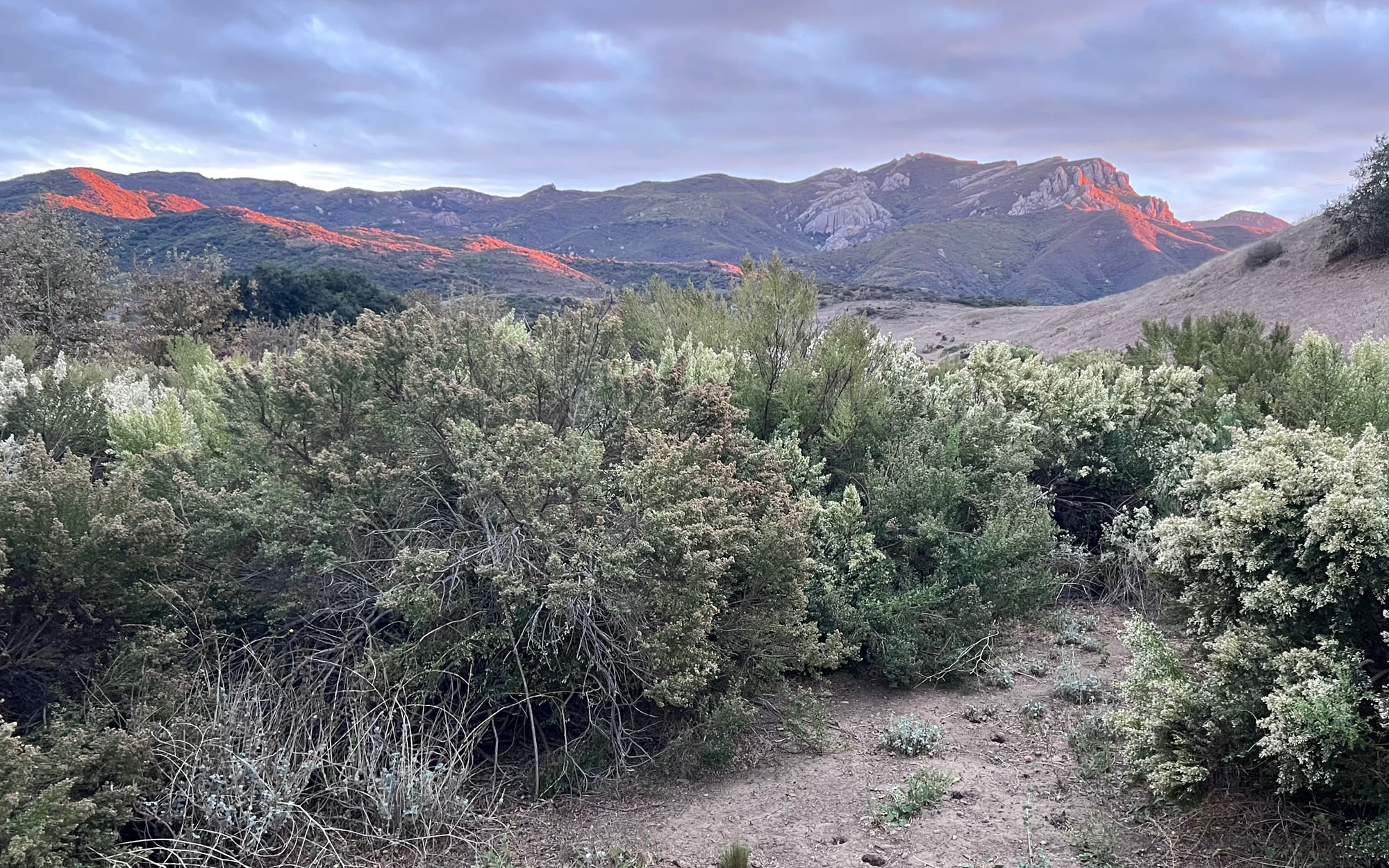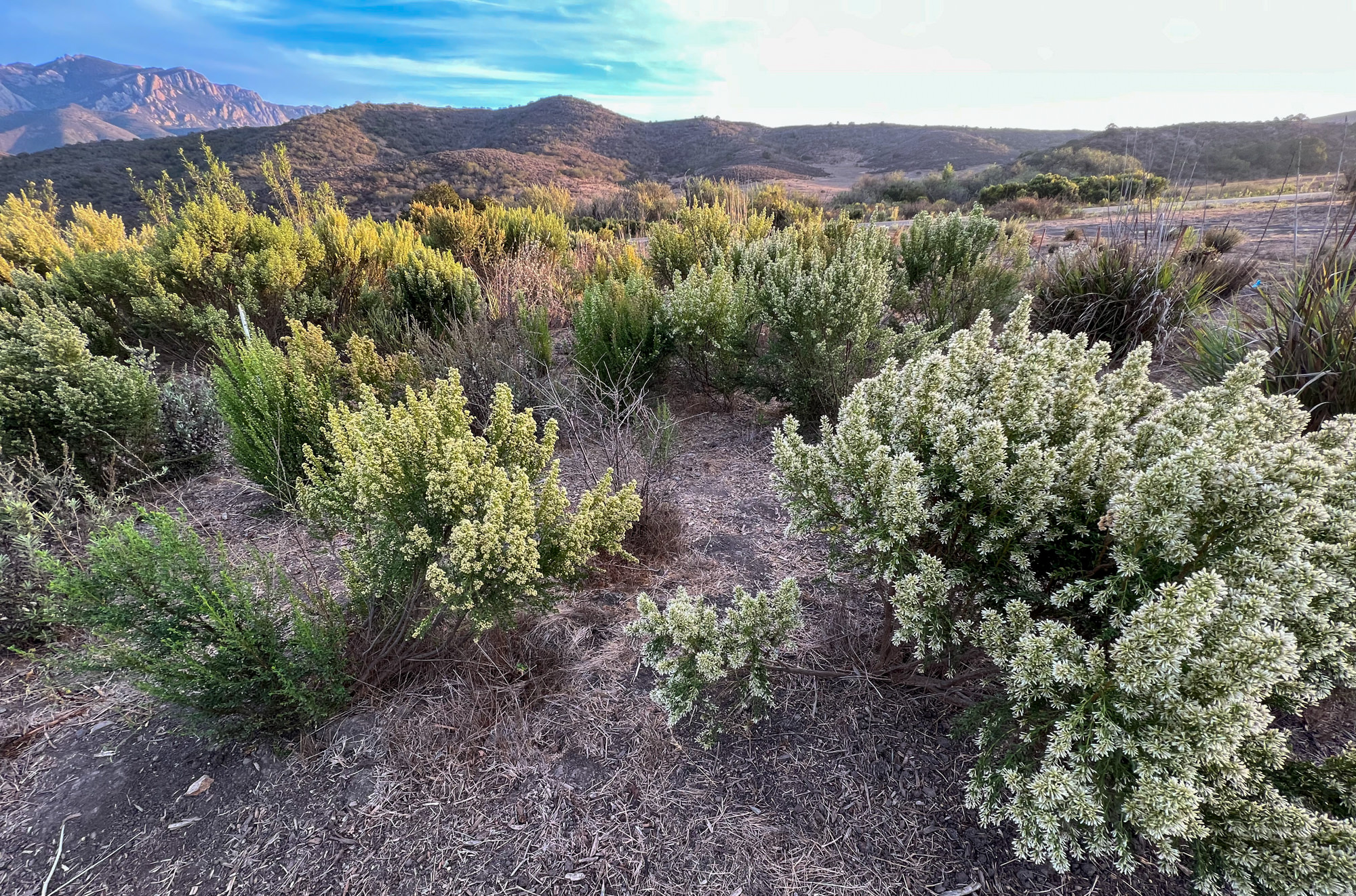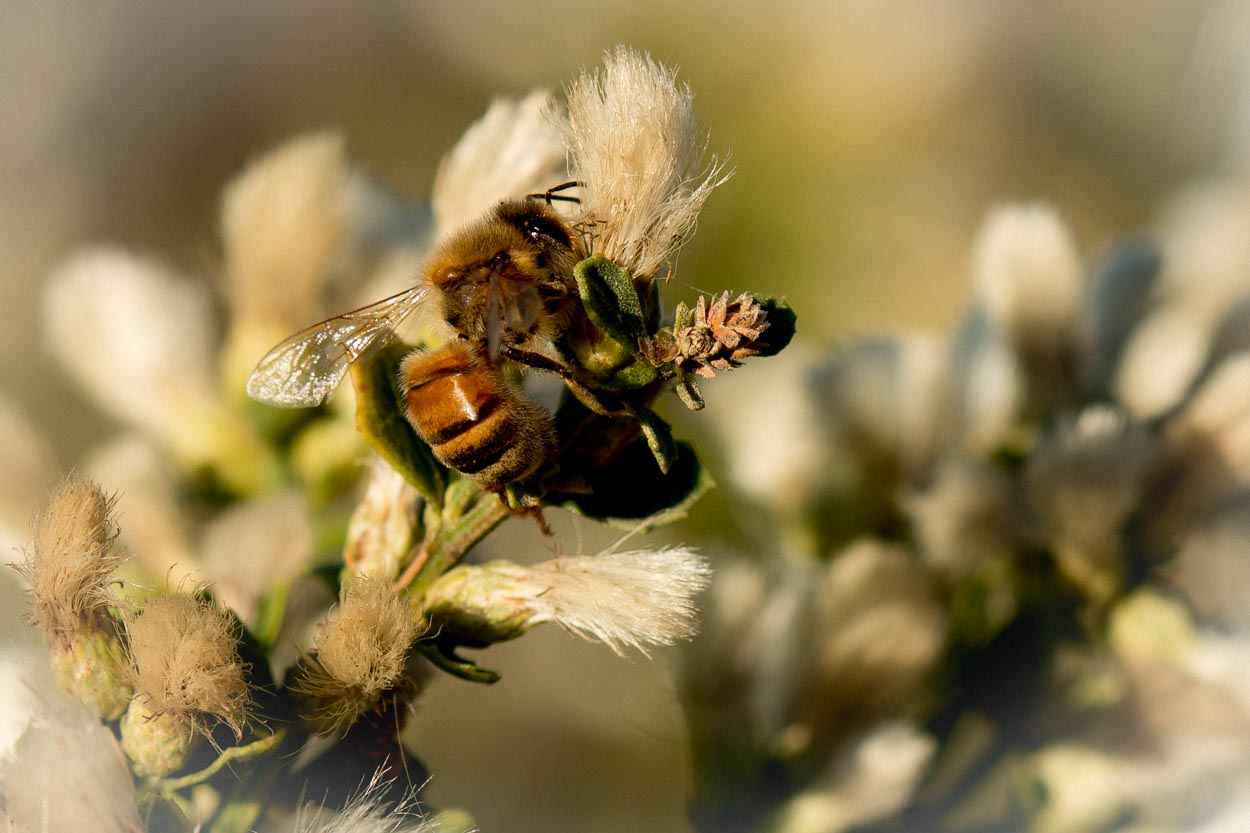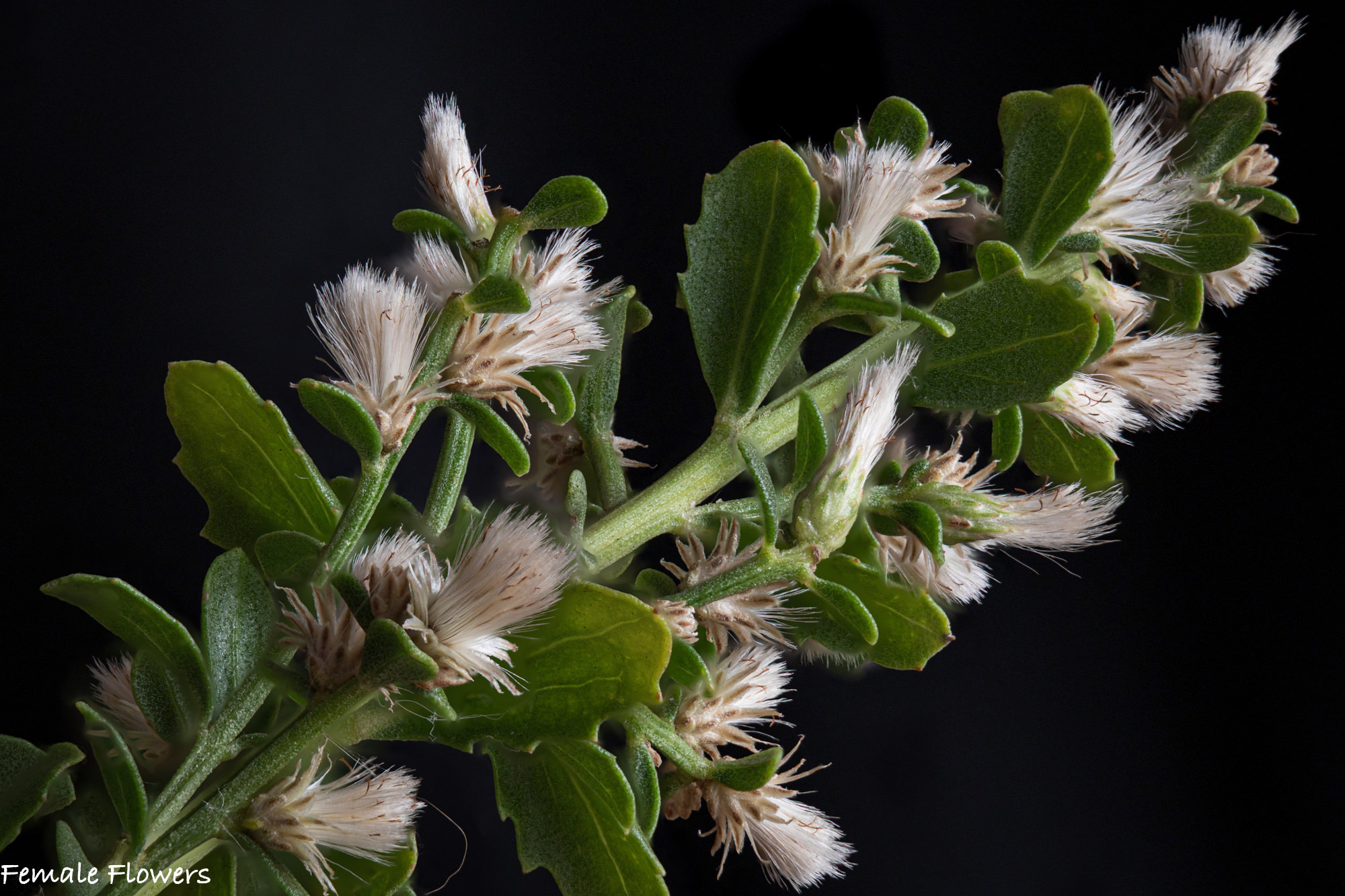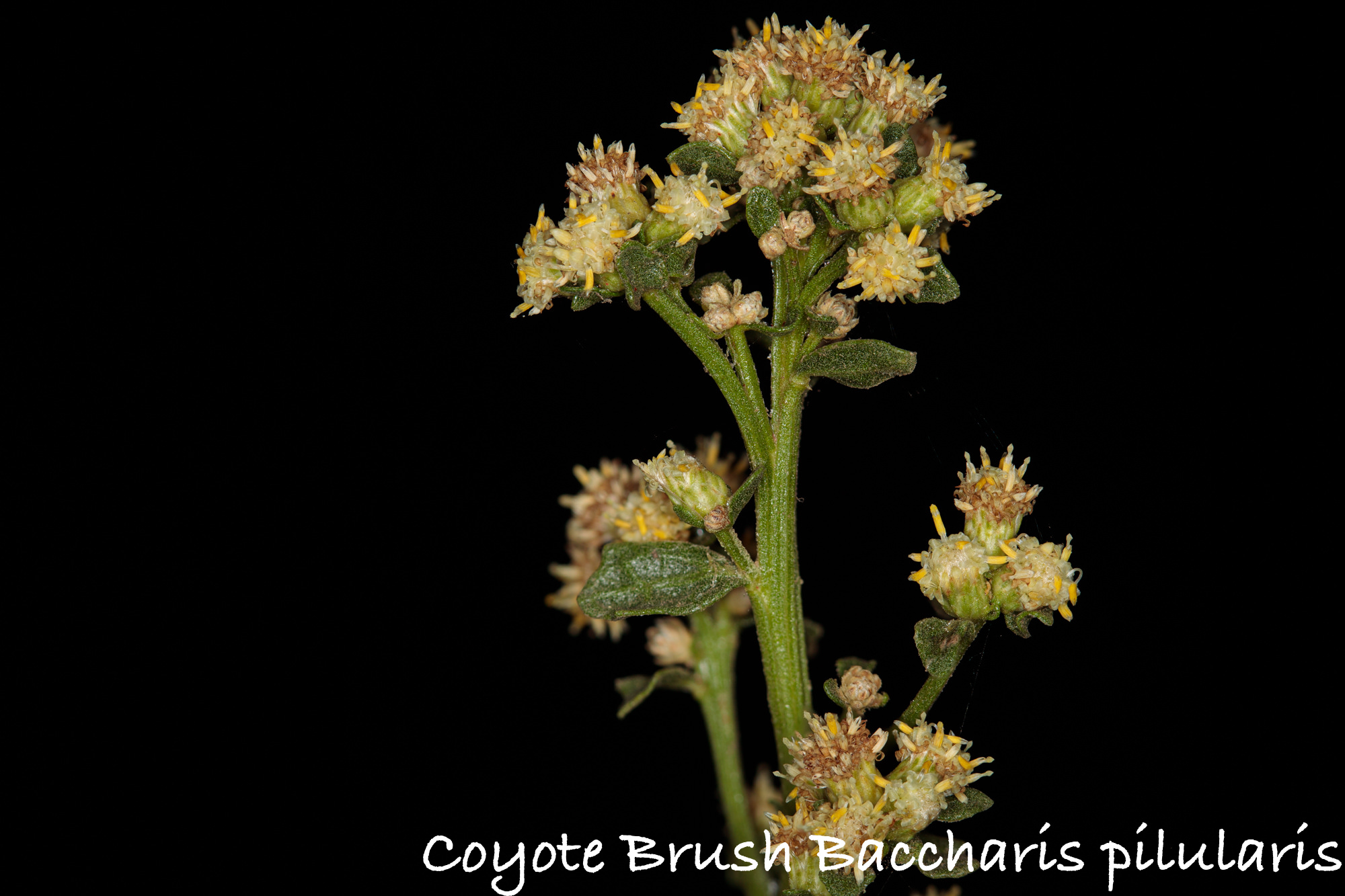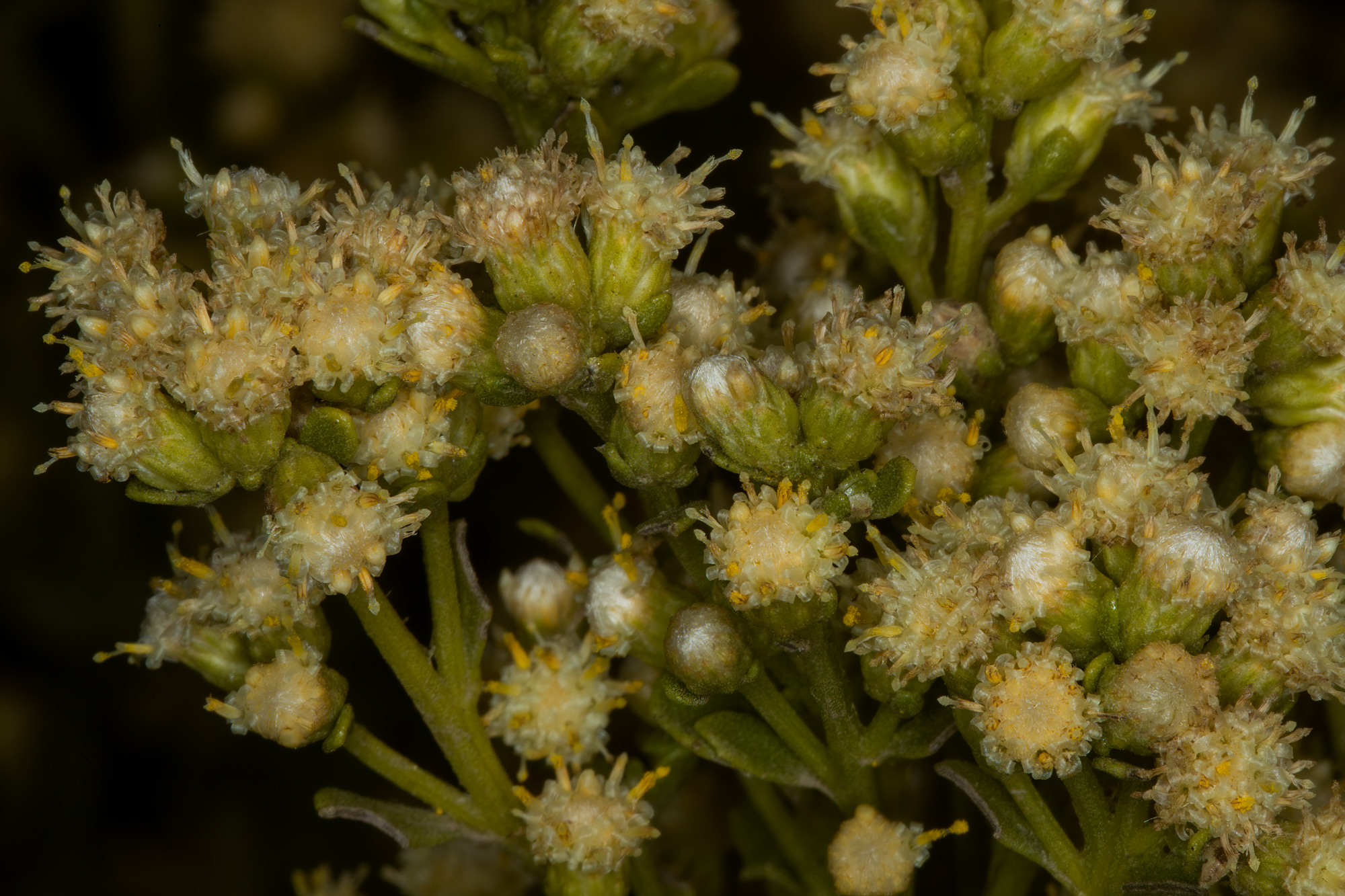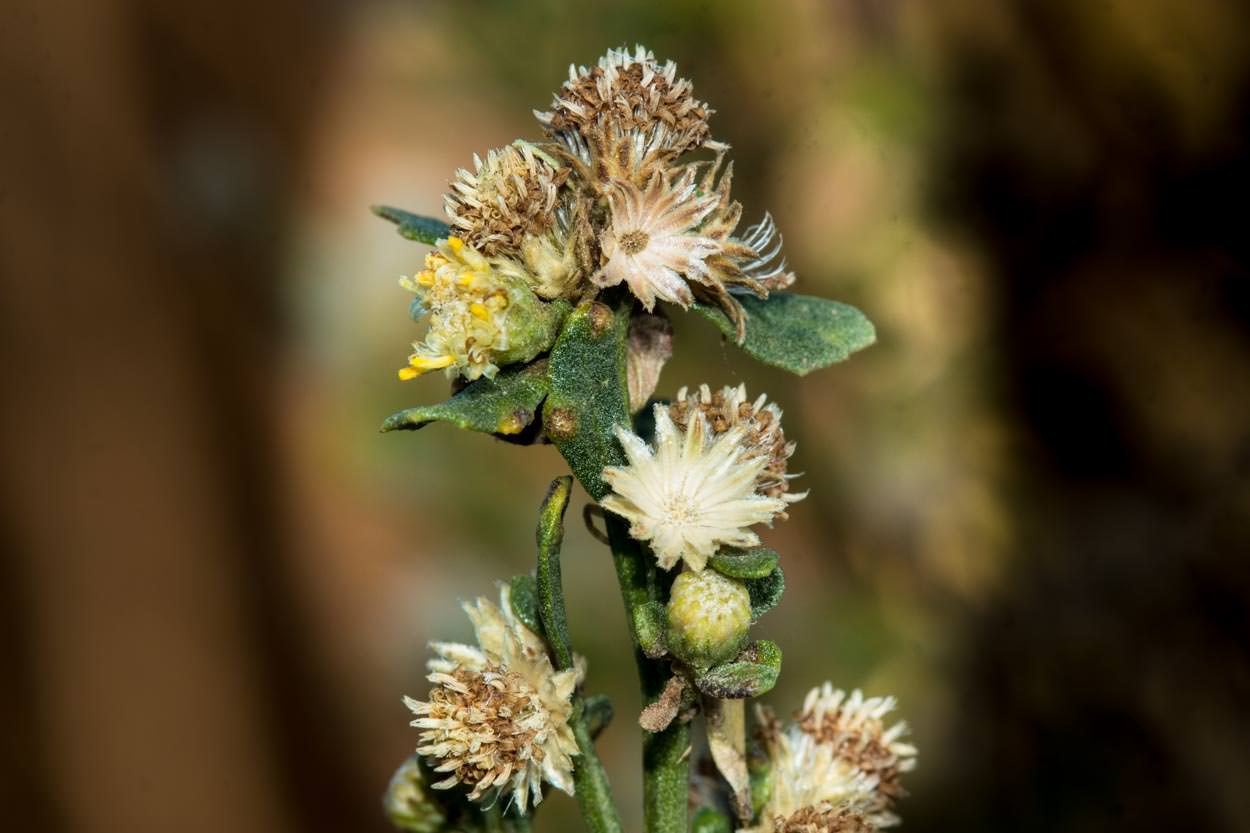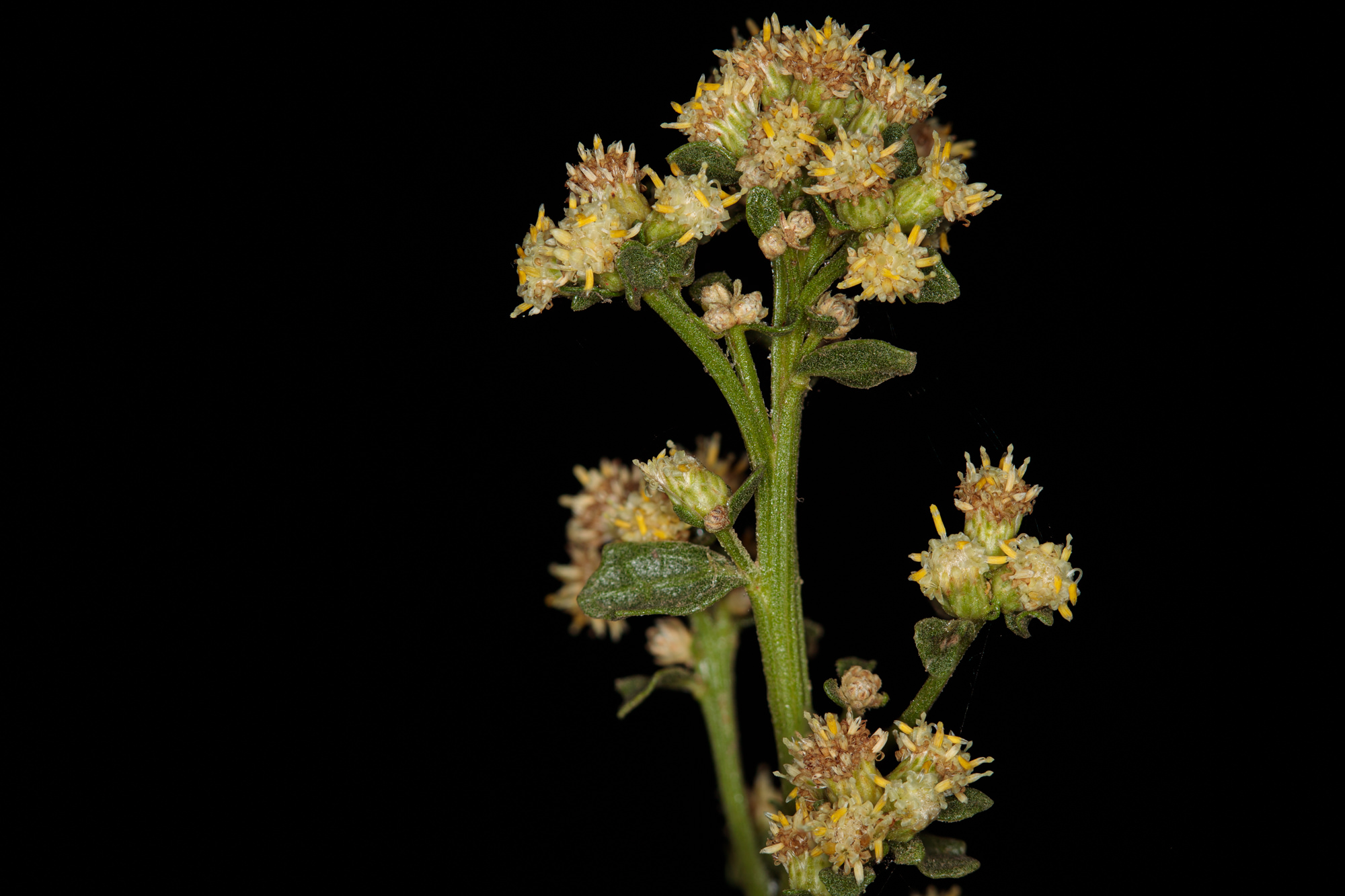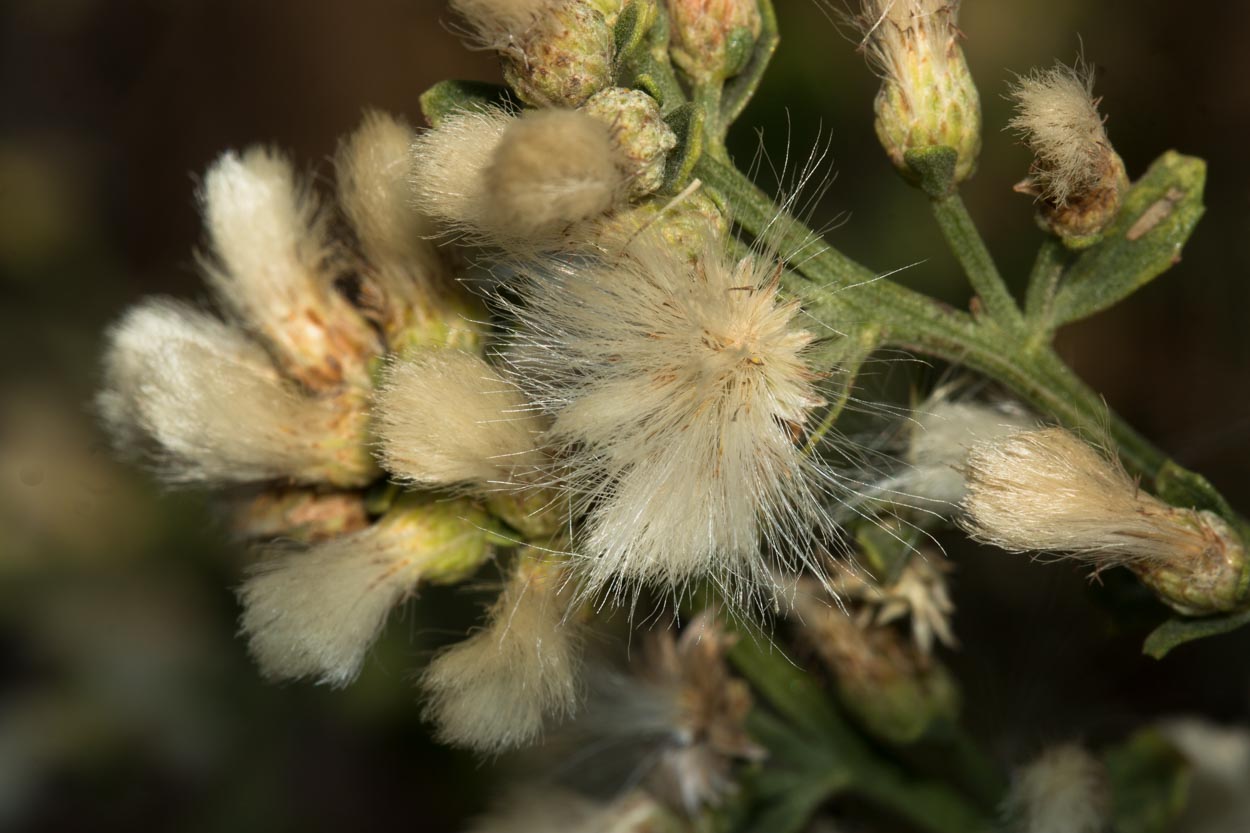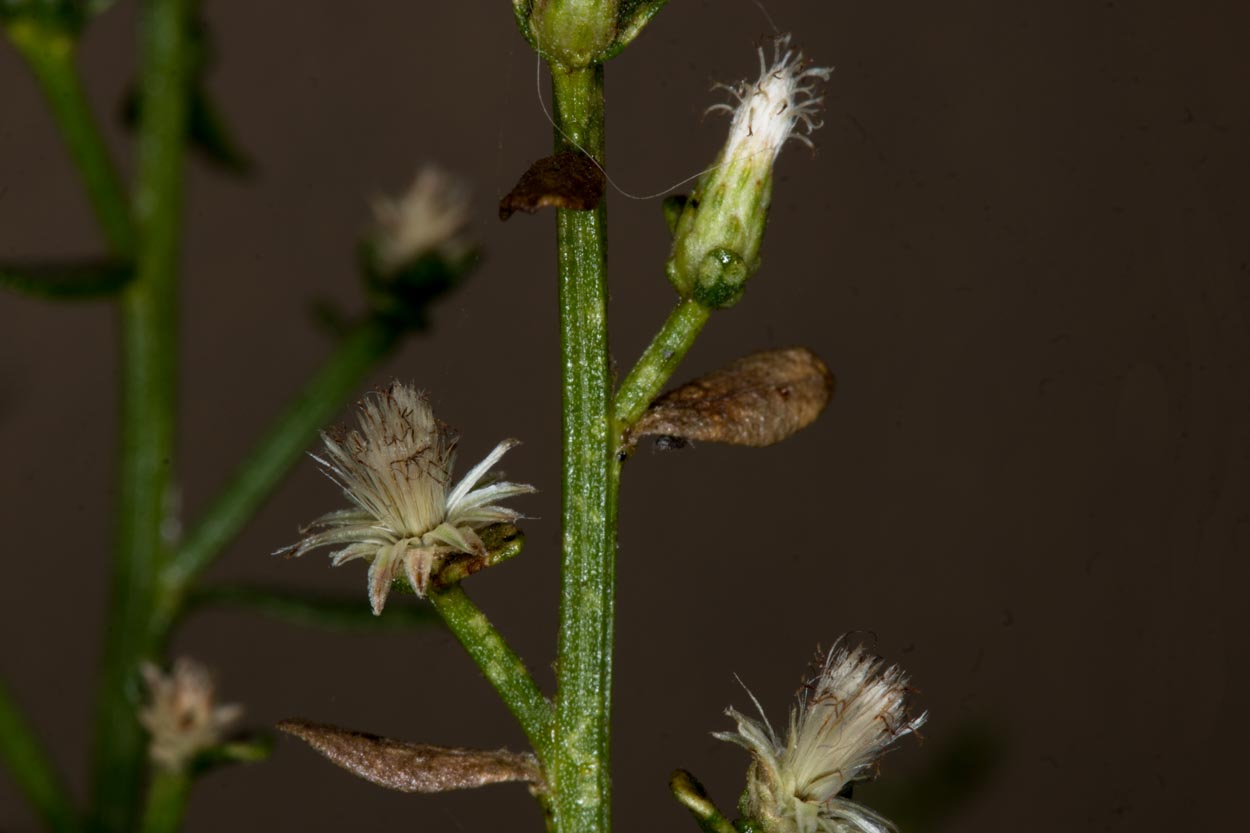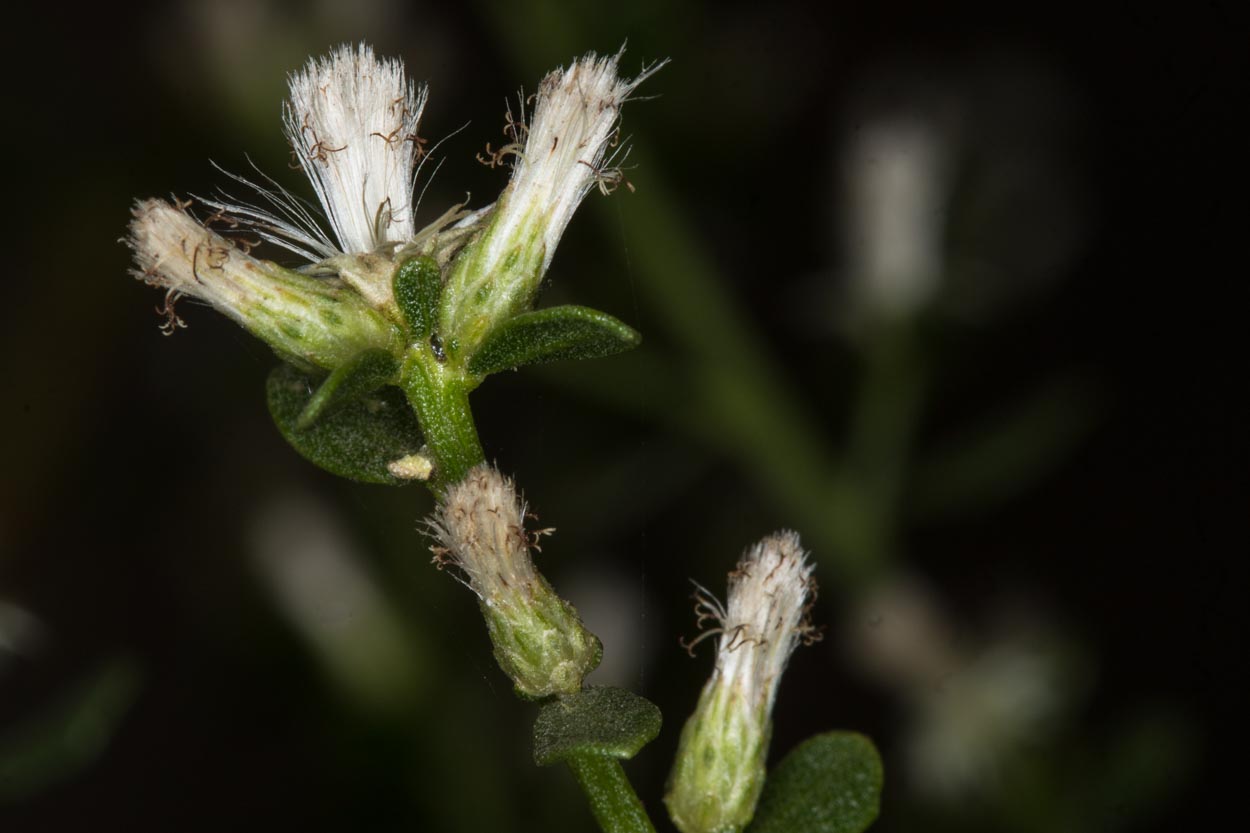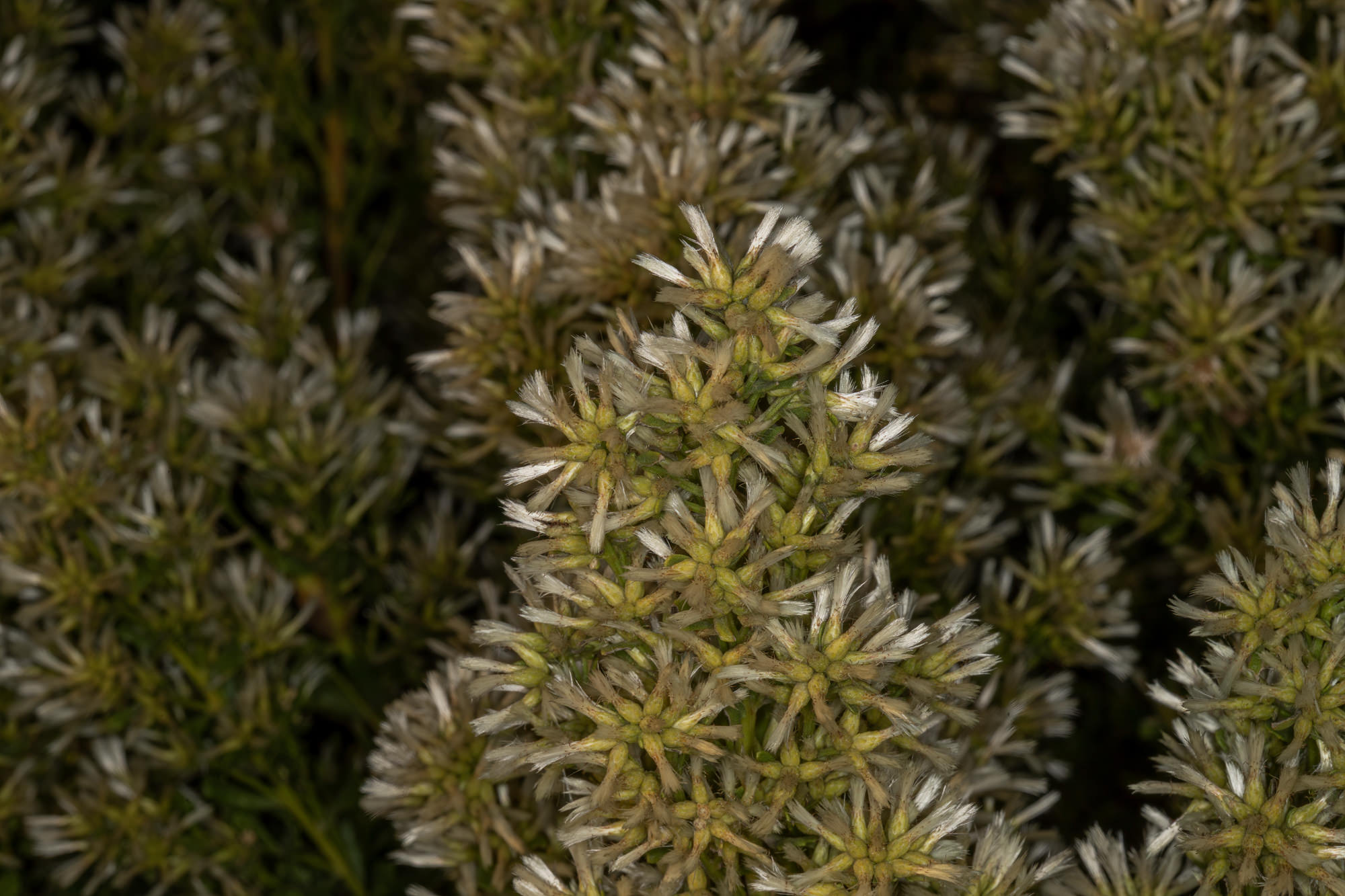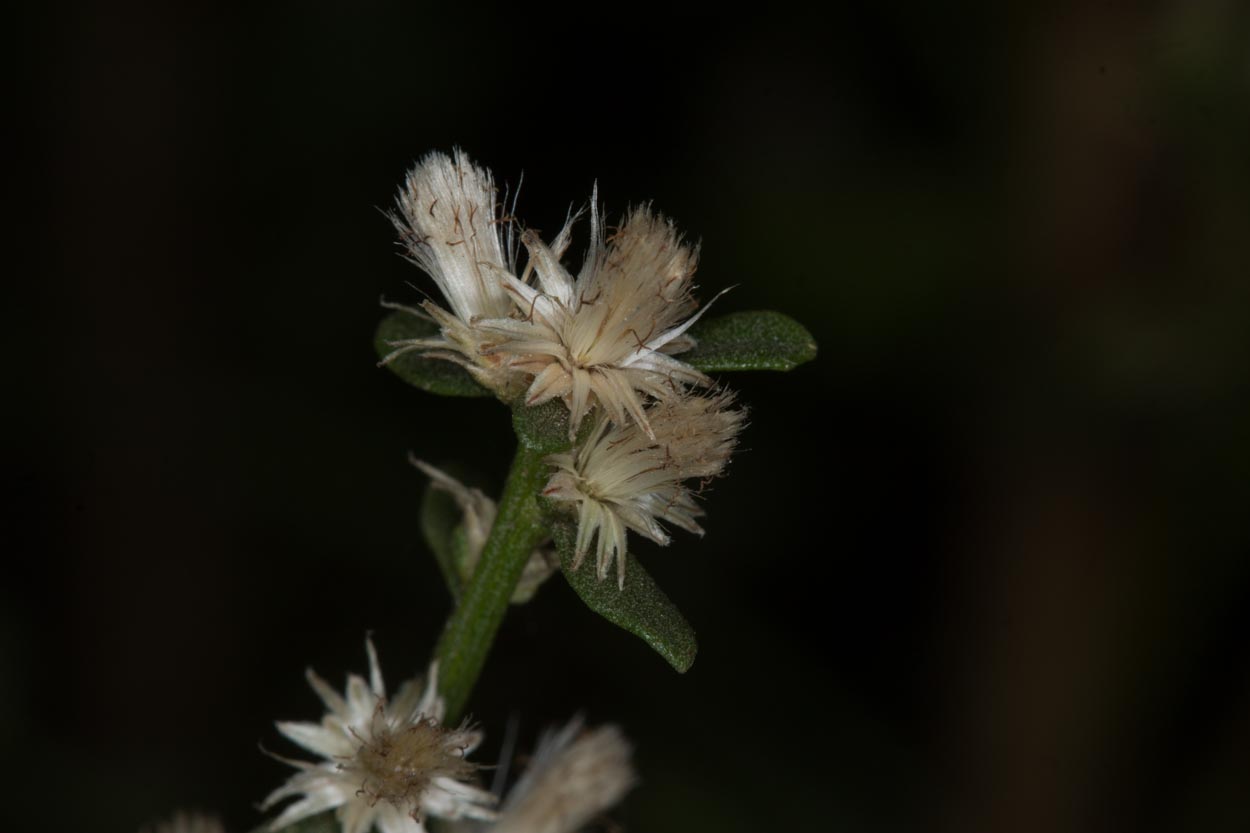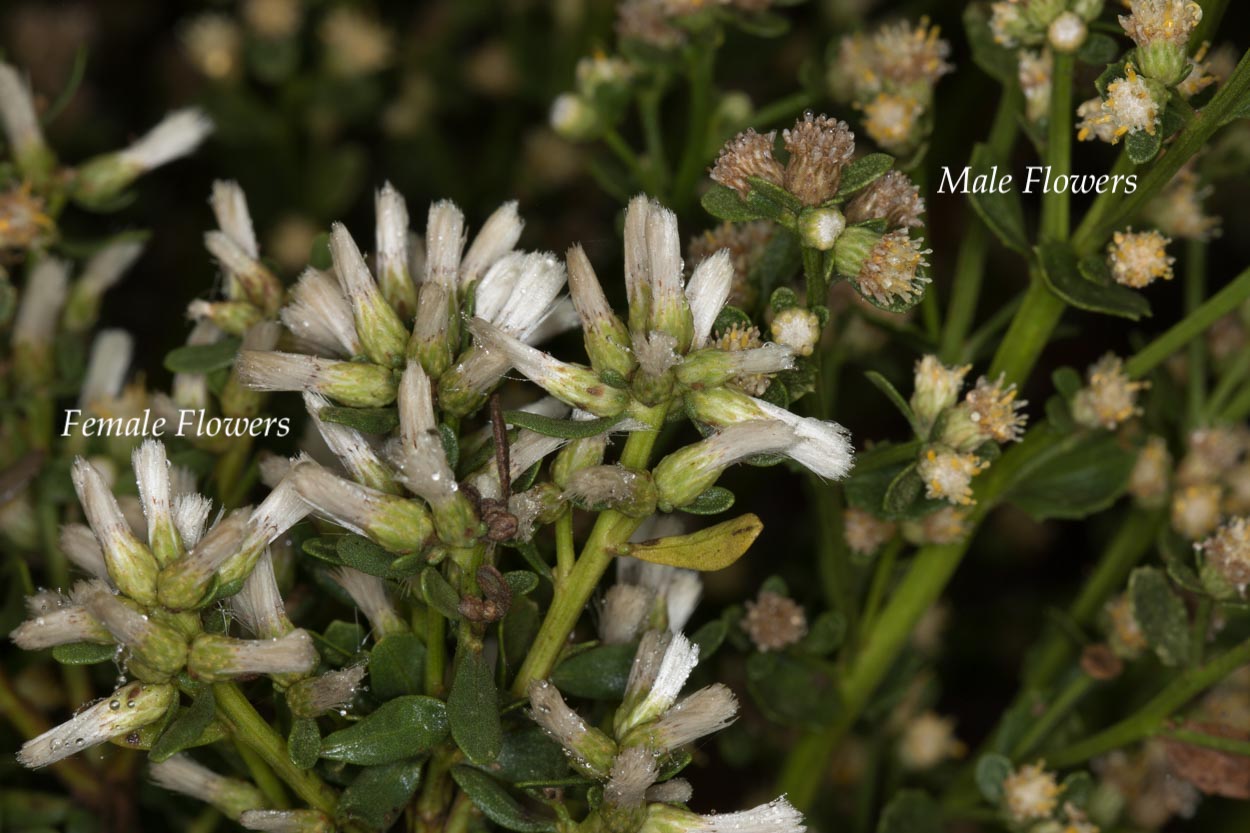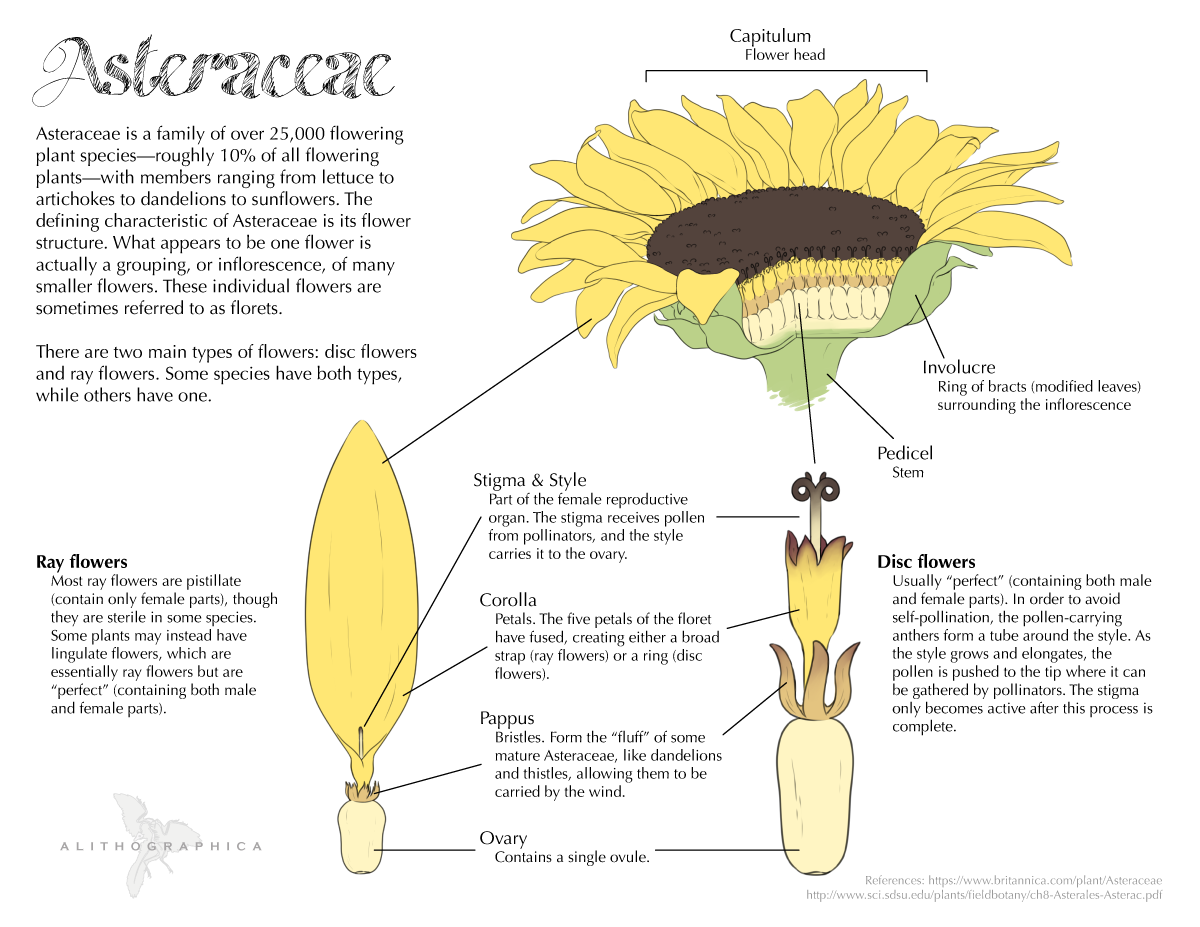Coyote Brush
- Baccharis pilularis
| Common Name(s): | Coyote Brush |
| Scientific Name: | Baccharis pilularis |
| Family: | Asteraceae (Sunflower) |
| Plant Type: | Perennial |
| Size: | up to 12 feet |
| Habitat: | Sage Scrub, Oak Woodland, Chaparral and Grassland |
| Blooms: | May to December |
| Fire Response: | Stump Sprout or Seed |
Coyote Brush appears in a variety of habitats within our Santa Monica Mountains. While not particularly stunning in appearance, it is appreciated for being one of the few plants that remains green throughout the dry summer and fall months, and it blooms in the fall as well.
Coyote Brush produces clusters of cream colored flowers from August through December. Male and female flowers appear on different plants (the Botanical term for this is “Dioecious”), with male flowers being smaller and yellower, while female flowers persist longer and have a more fluffy appearance towards the end of the blooming period. The male flowers produce pollen and the female flowers produce fruit and are noticeably whiter in appearance (see photos of male and female flowers). Coyote Brush is a member of the Aster family, however, there are disc flowers but no ray flowers. Flowers on this plant are quite small - less than a quarter inch - but are very numerous! In bloom, this normally drab green plant is adorned with thousands of snowy white puffs. The ellipse - or egg-shaped green leaves are small, no more than an inch or so long. They have a rough, resinous texture with scalloped edges and coarse teeth. Stems and branches are abundant as well as woody.
Coyote Brush prefers full sun - this requirement causes it to do poorly in more established plant communities. A vigorous grower, it provides an attractive shelter for insects, birds and other wildlife. As such it can play an important role in restoration of plant habitats, such as when an area has been previously burned by fire, or when the desire is to reestablish a Sage Scrub community upon Grasslands. On the flip side, in some cases it is viewed as invasive because it may out-compete other scrub plants. Odd fact: "Seeds are very small and light with approximately 236,250 cleaned seeds per ounce" (Olsen, 1974). The tiny seeds are dispersed by the wind. The late bloom - (August December) - is timed so that the seeds float away to germinate in ground made wet by winter rains. Coyote Brush develops a tap root (up to 10 feet) over its 10 to 15 year life. The taproot and prolific seed generation help the plant recover after a fire. Literature cited: USDA Plant Guide
Chumash used a decoction (boiling and concentrating the resinous fluids from the plants to isolate particular chemicals) from the leaves to treat Poison Oak. Many people learned that Mugwort is the best remedy for the rash but the Chumash preferred Coyote Brush (Timbrook, 2007). Branches from the plant were reportedly used to remove the spines from Prickly Pear.
Another plant related to Coyote Brush is Mule Fat or Baccharis salicifolia. Similar male and female flowers but different preferred locations - Mule Fat is found in or along stream beds. Both plants are quite common in our local mountains.
Link to Calflora.net - the best source of this fascinating information.
Name Origin: The genus name Baccharis is in honor of Bacchus, the god of wine, so named for the plant's fragrant root. The species name pilularis means having globules, probably referring to the flower buds.
Contributed by Liz Baumann
Aster diagram provided by Jenn Deutscher
Link to the artist's website
Featured Plants in the Asteraceae (Sunflower) Family:
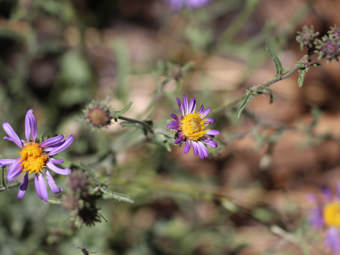
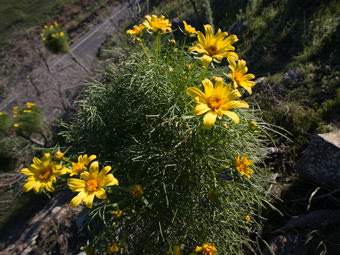
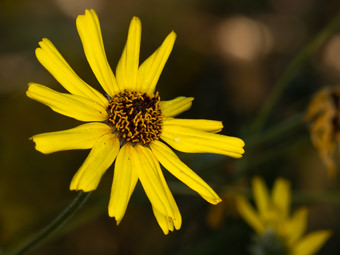
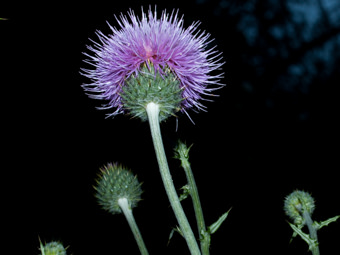
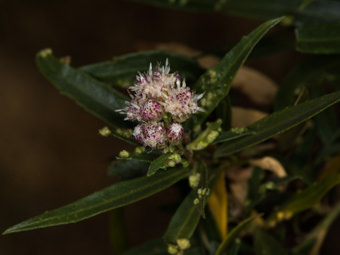
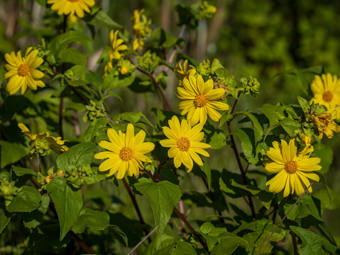
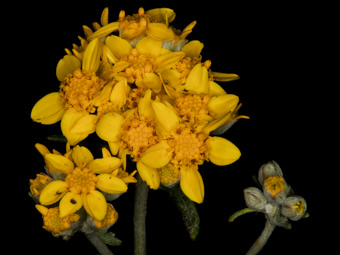

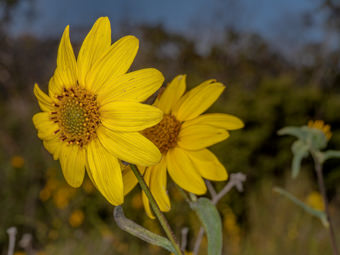
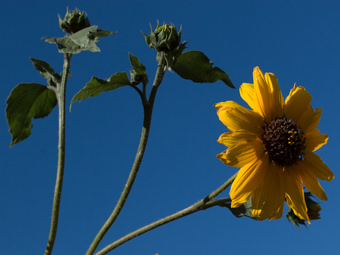
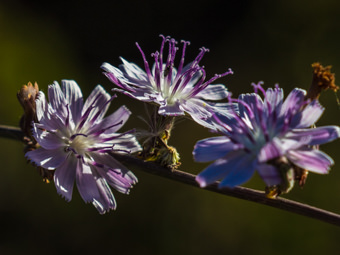
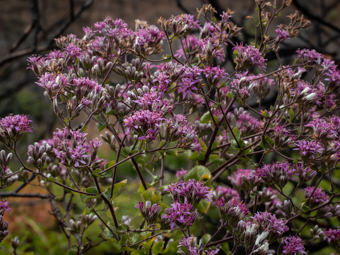
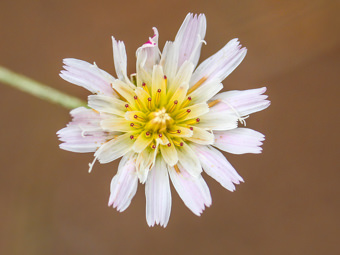
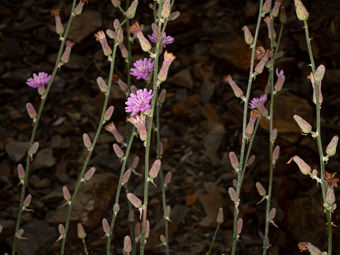
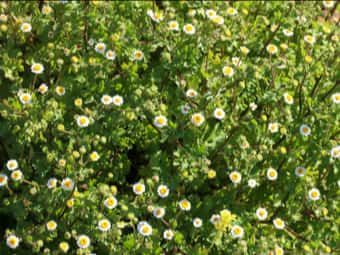
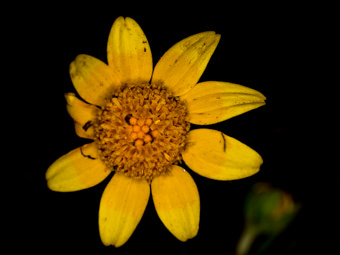
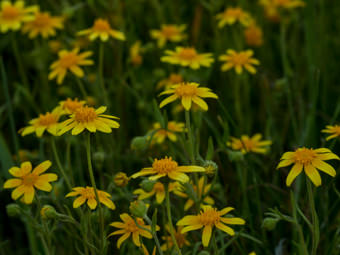
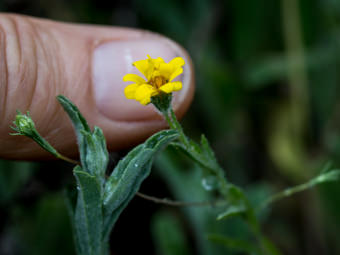
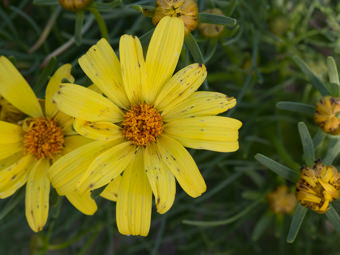
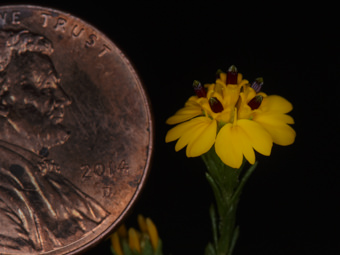

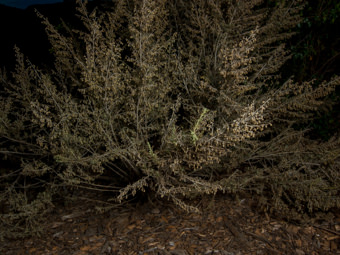
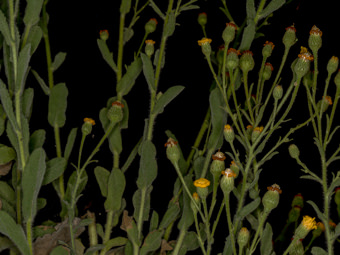
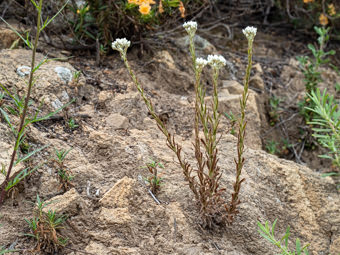
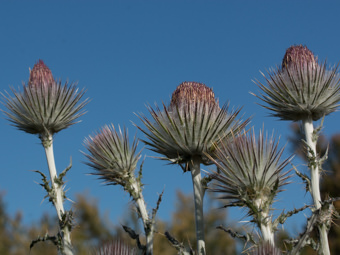
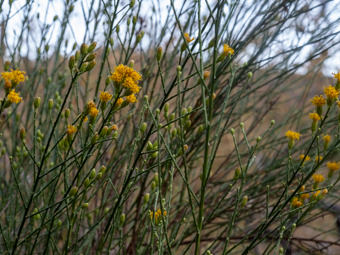
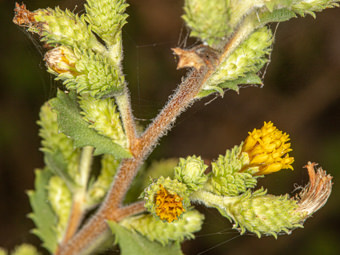
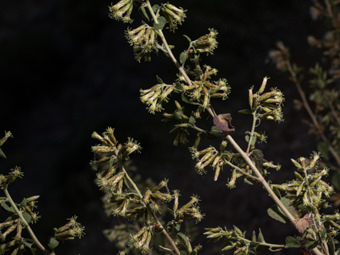
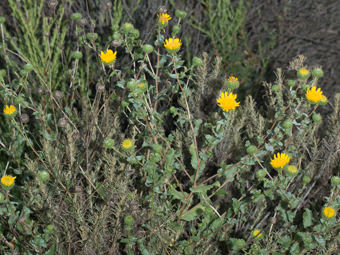
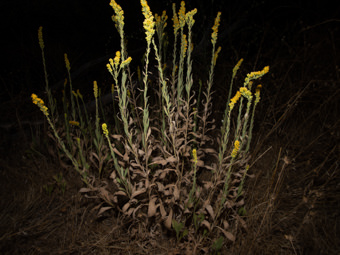
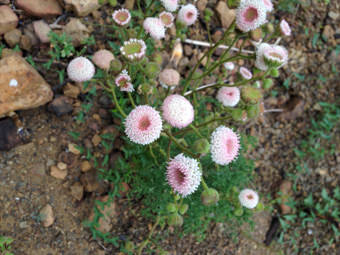
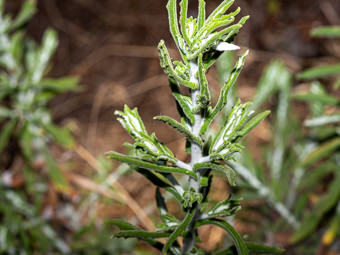
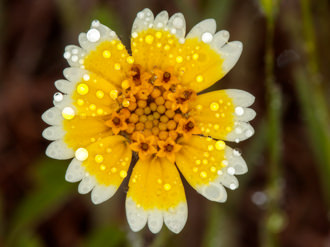
Last modified: December 03 2024 16:53:13.
Number of Images: 15
Image Size Total: 6,672,544
References:
Wildflowers of the Santa Monica Mountains, by Milt McAuleyFlowering Plants: The Santa Monica Mountains, Coastal and Chaparral Regions of Southern California, by Nancy Dale
Chumash Ethnobotany: Plant Knowledge Among the Chumash People, by Jan Timbrook
Leaf Shapes Primer - Botanical Terms for Leaves: - Link

